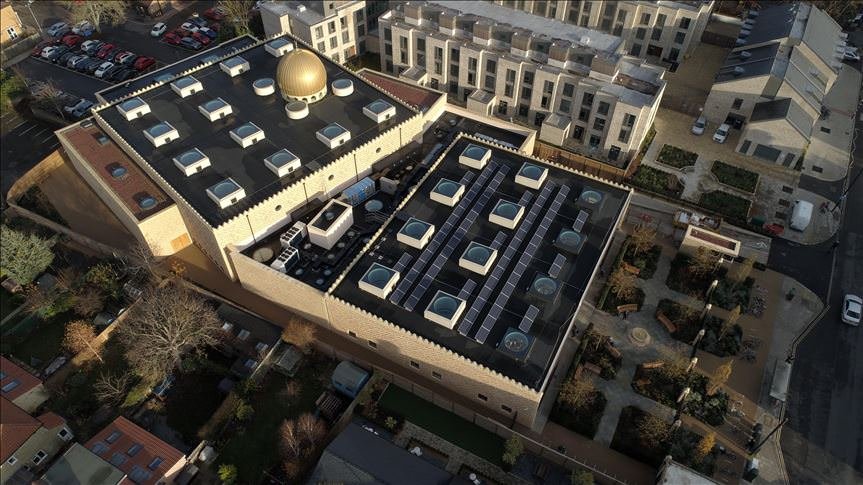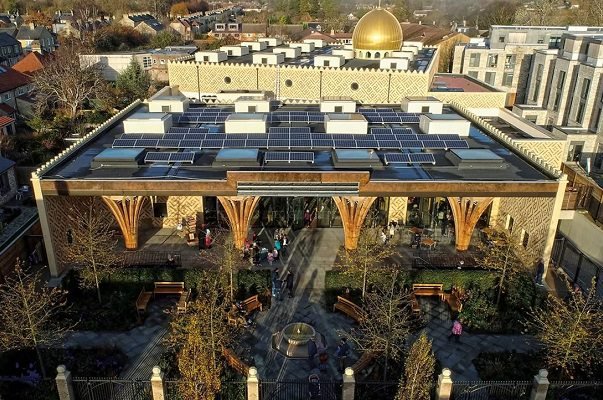What Are Green Roofs?
A green roof is a roof of a building that is partially or completely covered with vegetation and soil, or a growing medium, planted over a waterproofing membrane. This does not refer to roofs which are merely colored green, as with green roof shingles. It may also include additional layers such as a root barrier and drainage and irrigation systems.
Container gardens on roofs, where plants are maintained in pots, are not generally considered to be true green roofs, although this is an area of debate. Rooftop ponds are another form of green roofs which are used to treat greywater.
The term green roof may also be used to indicate roofs that use some form of "green" technology, such as solar panels or a photovoltaic module. Green roofs are also referred to as eco-roofs, vegetated roofs, living roofs, and greenroofs.
Benefits
A modern green roof (California Academy of Sciences). Constructed for low maintenance by intentionally selecting a wide selection of native plant species, with only the hardiest varieties installed on the roof.
Green roofs are used to:
Grow fruits, vegetables, and flowers.
Reduce heating (by adding mass and thermal resistance value) and cooling (by evaporative cooling) loads on a building especially if it is glassed in so as to act as a terrarium and passive solar heat reservoir.
Increase roof life span.
Reduce stormwater run off.
Filter pollutants and carbon dioxide out of the air.
The soil and plants on green roofs help to insulate a building for sound; the soil helps to block lower frequencies and the plants block higher frequencies.
Filter pollutants and heavy metals out of rainwater.
Increase wildlife habitat in built-up areas
A green roof is often a key component of an autonomous building. Green roofs can also reduce heat loss and energy consumption in winter conditions.




